过年
这几天又是过年了!
过年总是热闹的。年夜饭在几周前就要开始准备了。大家跟着舅外婆采购及准备各种食品。那时买东西大部分是要凭票的(计划供应)。先是买各种副食品,比如糖年糕,水磨年糕,花生,粉丝, 春卷皮,等等。还要去菜场买菜,比如猪肉,鸡,鸡蛋,鱼,豆制品(百叶,豆腐,素鸡等)。菜场要一大早去排队才能买到东西。很多时候要排好几个队才能买全东西。这个时候就要全家出动,有时是和邻居合作。每人排一到两个队,因为队伍很长。排完一两个队,其他东西都买完了。所以要分头排队。经常是早上5点钟去买(冬天,天都是黑的,又冷!)到6-7点才买完回家。买的菜都是装在手提的竹篮里,蔬菜就直接放在里,肉,鱼等菜场师傅会拿油纸包一下(那时还没有塑料袋)。父母在农村工作多,过年时经常可以在那买到河鱼,通常是青鱼或回鱼(草鱼?),大的有十多斤。有些菜是先买好,准备好,但要到大年夜那天才做。有的要事先做好。比如蛋饺,春卷,肉圆,熏鱼。有的要煮不少时间,比如沙锅里的猪蹄。舅外婆是做菜高手。年夜饭通常有好多菜。但她准备起来有条不紊。我们小孩子也经常做下手,帮帮忙(当然有时会帮“倒忙”)。
做熏鱼先要把生鱼去麟,切成块,用佐料腌两天,晾干,然后在油锅里炸。炸好后再放到熟的佐料里浸泡一下,晾干。大年夜就拿出来作为一个冷盘。蛋饺也要事先做好。做蛋饺是技术活,要把握好火候,控制好蛋饺的大小,还要在合适的时候把蛋饺封上。蛋饺各家吃法不一样。我们通常是放在砂锅里吃。肉圆做起来也花不少功夫。先要剁肉(菜场买的绞肉通常不够好),加佐料,拌好,再油炸。舅外婆通常做大肉圆(狮子头),和其他菜一起烧了吃。有时候做小肉圆,就放在砂锅里。要吃春卷也要做很多事。先要去排队买春卷皮。那时春卷皮都是个体户在家做的。我的印象我们家不远处有一家做。但因为会做的人少,想吃的人多,所以买春卷皮的队伍通常很长,每年去买都会有不少人排队。因为是现做现卖,要等不少时间,有时要等好几个小时。现在回想做春卷皮的师傅也时非常累的。他的手抓了一坨面要不停地舞。舞几圈就把面团放到烤锅上转一圈,一张皮子就出来了。就算一分钟能做10张,一家人买一到二斤皮子,每斤大概要有30-40张。要十多分钟才能完成一个客人的需求。春卷皮拿回家同常还是热的。舅外婆一般已经做好馅,皮子拿回来就包。包好了就煎。好像这一般是在大年夜做的。做了晚上年夜饭就可以吃。
年夜饭一般有几个冷盘,几个热菜,有个大砂锅。吃过年夜饭一般大家一起做元宵或汤团。汤团一般做四色的,两甜两咸,猪肉,萝卜丝,豆沙,芝麻。做了年初一吃。一般还会炸猪油年糕或者糖年糕。把年糕切成薄片,然后裹了打好的鸡蛋,放在油里煎黄。我们好像没有正月十五吃元宵的习惯,也许那时大家都已经上班了。但正月十五是灯笼节是有印象的。街上很多灯笼,印象较深的是“兔子灯笼”,可以在地上拖着走的。还记得去正三门看灯笼。
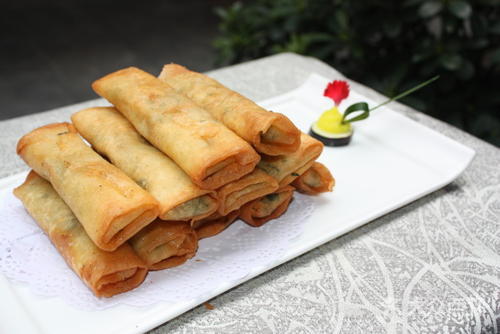
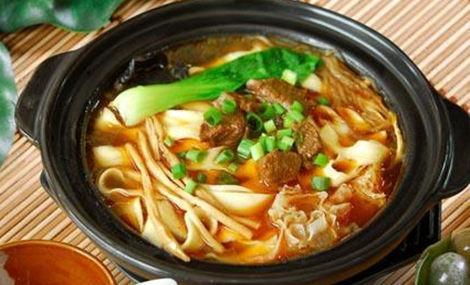
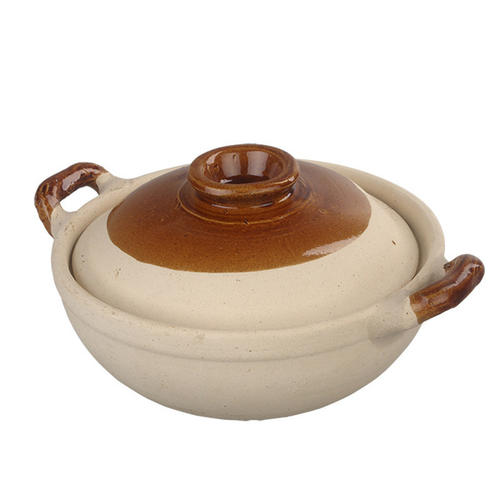
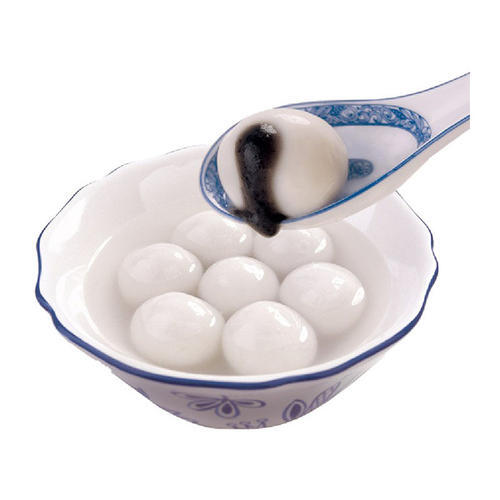
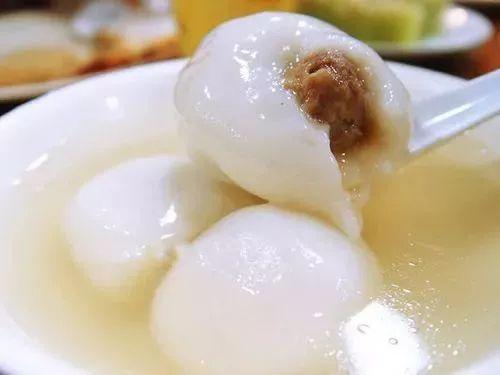
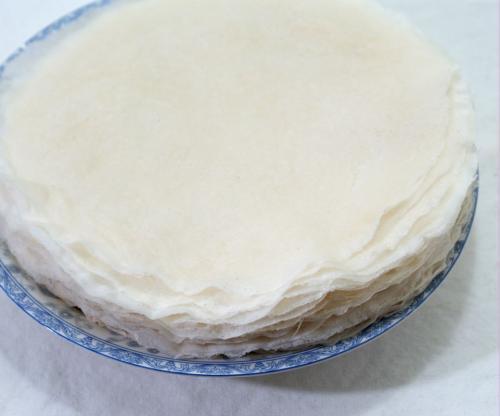
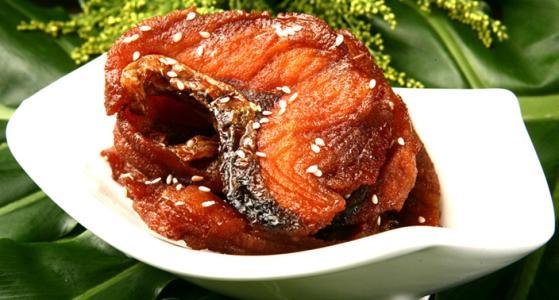
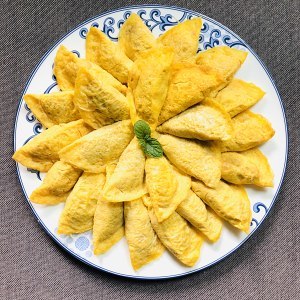
Living with Grandma(2)
Lunar New Years
We just had Lunar New Year in the last a few days!
Lunar New Year was always festive. The preparation for New Year’s Eve dinner would start weeks earlier. We’d follow grandma to go shopping for various food and prepare for dishes and snacks or deserts. In those days, anything you buy would require some tickets besides money (many types of food and some commodity were distributed by ration). We’d first buy food or ingredients such as sweet sticky cakes, water mill rice cakes, peanuts, dried bean noodles, spring-roll skins, among others. We also went to the grocery market to buy vegetables, pork, fish, chicken, eggs, bean products such as tofu. Usually we had to get up very early to shop in the grocery market during the new years time. It was quite often that one’d have to go through many lines to buy what was needed for the new year’s eve dinner. Sometimes we’d go out the entire family, sometimes we’d collaborate with our neighbors. Everyone could join and wait in a line or two to buy some food. When you finished that, everything else was sold out. So we’d divide among ourselves and our neighbors, each one took a line or two. Often we had to go out 5 o’clock in the morning. The winter days were dark and cold. We’d finish 6 or 7 o’clock. We’d use bamboo basket to carry the stuff we bought. Vegetables were usually just left in the basket, for meat or others, the staff at the grocery market would wrap them using some paper because at the time we didn’t have any plastic bags. My parents worked in the countryside for long and they had many friends there. They were often able to buy big fresh-water fishes for the new year. Those fishes were big, sometimes weighing over 10 pounds. Many new year’s eve dishes had to be prepared but cooked only on the new year’s eve day. Others you’d cook them ahead of time, e.g., seasoned smoked fish, egg dumplings, spring rolls, meat balls, fried fish. Some would take long time to cook, e.g., pig shoulders in casserole. Grandma was a great cooker, she made good dishes. Usually there were many dishes in new year’s eve dinner. But she put everything in place with proper order and pace. We children would help her prepare in some ways. But sometimes what we did could cause trouble instead of help.
To make seasoned smoked fish, you’d first de-skin and cut the fish into pieces. You’d then put the seasoning, usually in some liquid for a couple of days. You’d then try them out before frying them. When finished frying, you’d soak them in the cooked seasoning for a few minutes. You’d then dry them out and they were ready to eat. Usually this would be a “cold dish” in new year’s eve. Making egg dumplings is a very technical work. You’d control the level of the fire, making the size of the egg dumpling about right, and closing the dumpling at a proper time. Everyone eats egg dumpling differently. We’d put them in the soup in casserole. It also takes time to make meat balls. First you’d chop pork into minced. We didn’t have a meat grinder (most families didn’t have them at the time). The ground meat prepared by the grocery markets were not very good. So we often made ourselves by repeatedly chop the small blocks of pork to make the “ground meat” for meat balls. You’d then add the ingredients, mix them. Grandma usually fries them to make big meat balls, called “lion’s head.” Sometimes she’d make small meat balls for the soups in casserole. Making spring rolls were not an easy task either. First we’d buy the spring roll skins. Making the spring roll skins was a highly skilled work. Very few people knew how to do it. Usually the techniques are passed through families only. So we’d have to line up to buy them. There was one family shop close-by that made the spring roll skins. Because there were few who knew how to do it, yet many would like to eat them at new year’s eve dinner, usually there were long lines to buy them. The spring roll skins were sold as they were made. You can watch how the skins were made while waiting in line, sometimes it would take hours. The maser would keep rolling his hand with a dough to keep it from dropping. After every a few rounds of rolling, he would put the dough on the wok for a quick rotation, a layer of spring roll skin was ready! If he could make 10 per minute, if a family would buy a pound or two (usually 30-40 skins per jin or 1.1 pound), it would take 10 minutes or so to just serve one customer. Usually these spring roll skins were warm when we took them home. Grandma would have the fillings ready, so she (sometimes we’d help) would immediately start to make them, then fry them. Usually this would be the afternoon of the new year’s eve. So we can eat the fried spring rolls at the new year eve’s dinner.
Dinner in new year’s eve usually had some “cold dishes” and “hot (warm) dishes” plus a big casserole with pork shoulder or chicken, along with meat balls, vegetables, dried bean noodles, and some other stuff. After the dinner, we’d sit together and make sticky rice dumping with or without fillings, all in round shape like a ball. The ones without fillings are very small, maybe 1/8 of an inch(?). The ones with fillings are a bit larger, maybe 1 to 1.5 inches. Let’s call them in their Chinese name, Tang Tuan. We’d make Tang Tuan in four different fillings, two sweets and two salty, pork, shredded radish, smashed beans, and sesame seeds. We made them in the new year’s eve and usually eat them on new year’s day. We’d usually fry sweet cake or pork fat filled cake. These cakes would be cut into small pieces, rolled with scrambled eggs, and fried in cooking oil. I don’t remember we eat Tang Yuan on the 15th day of the new year like we do now. Maybe by that time, we’d back to work or schooling in those years. But I do remember the lantern festival on the 15th day of the new year. There were many lanterns in the streets. The one I remembered most was the “rabbit lantern” a rabbit-shaped lantern that sits on a board that can be dragged through the street. I also remember going to the city temple to see the lanterns
Leave a Reply